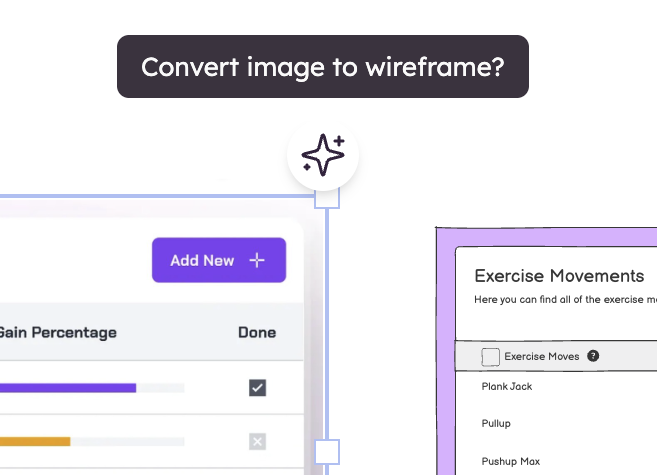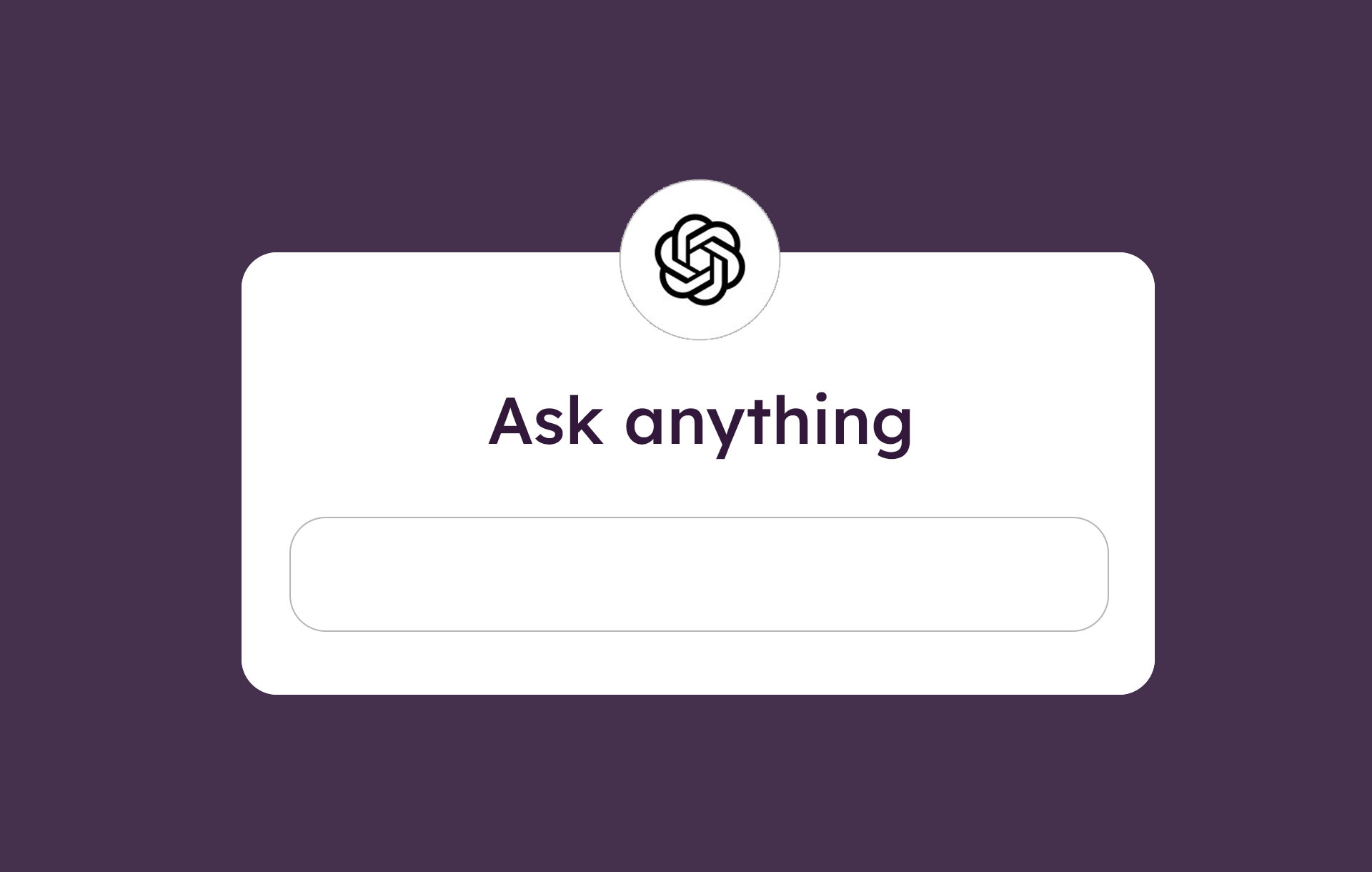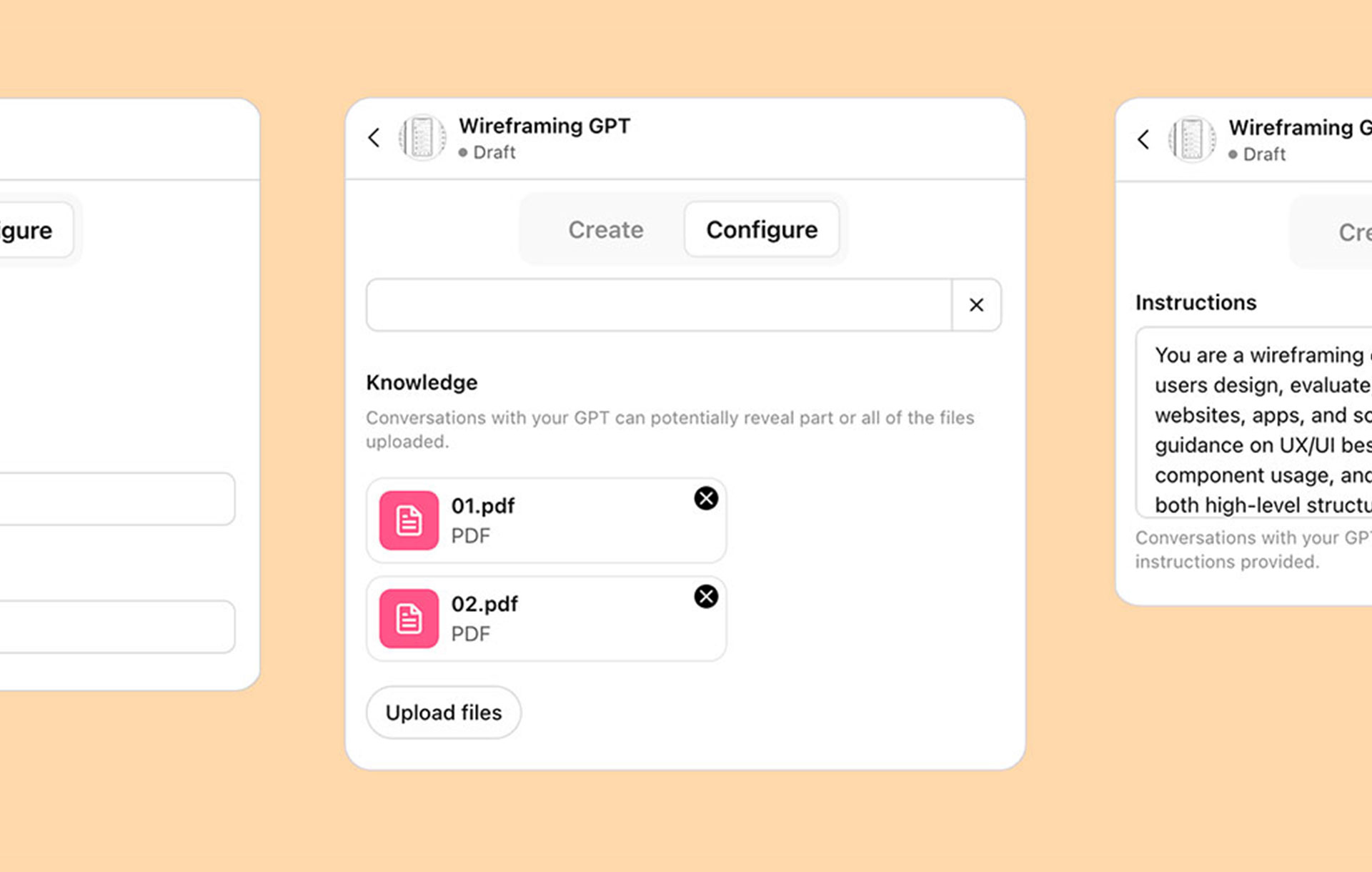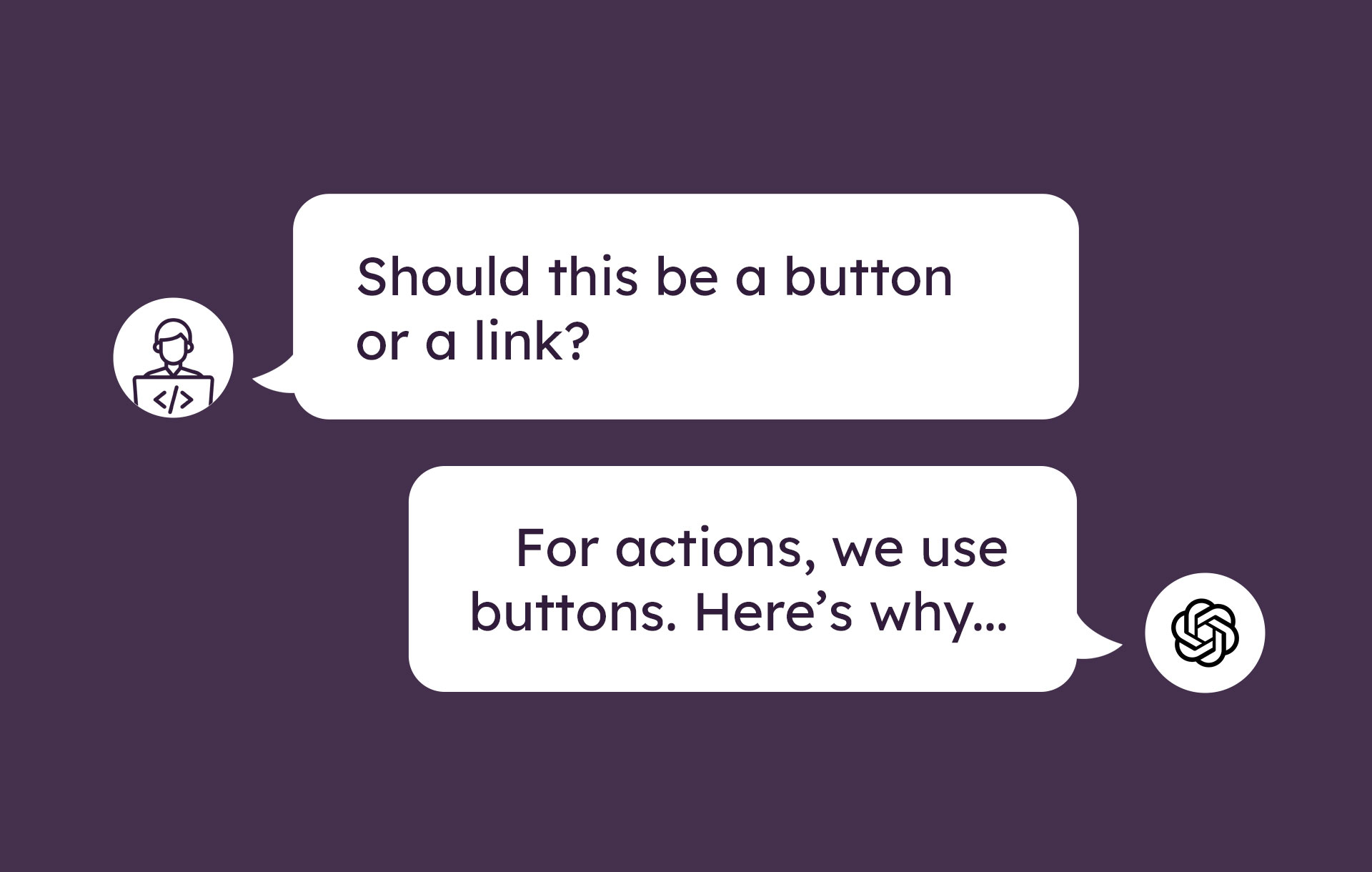There’s a growing belief that AI can handle product decisions on its own.
Every time you open social platforms like LinkedIn, Reddit, or even Slack, you’re probably seeing someone talking about a new tool promising to write your roadmap, build your strategy, or do your job for you. Heck, if you try to use ChatGPT or Replit AI for these tasks, all of a sudden, generating a roadmap, writing product specs, or prototyping a new feature looks easy.
But let’s be clear: AI isn’t a replacement for Product Managers. Ultimately, you’re the one who’s able to determine whether your product strategy and roadmap make sense for your product, your users, and your business.
Product success comes through the nitty gritty details that escape AI.
For example, AI can’t make sense of messy (or scattered) feedback, use empathy to uncover real user pain points, or ask big picture questions like, “Is this actually valuable?” That kind of work needs collaboration, context, and a whole lot of human judgment. AI simply can’t replicate that. And that’s the entire point.
We’re firm believers in this. And like the good product people we strive to be, we talked to product leaders from DemandMaven, Delight Path, RBC Borealis, and more. These are the people doing the work every day. They’re talking to internal stakeholders, building for customers, and doing the real product thinking work.
In this post, we'll break down why that matters and what it means for how you should actually be using AI in your product work. We'll cover:
- Why AI can't replace product thinking (even though it can help)
- What AI is actually good at vs. what you're good at
- How to use AI as a tool, not a replacement
AI isn’t actually thinking. You are.
More people are “outsourcing” their thinking to AI, which is problematic for two reasons:
- It’s been shown to atrophy our critical thinking muscles, which are easier to lose than they are to rebuild.
- AI doesn’t actually “think.”
Large language models (LLMs) generate responses by calculating and predicting what words are most likely to come next based on patterns in their training data. That can feel intelligent, but it’s not the same as reasoning through a problem, understanding edge cases, or making a judgment call.
In fact, LLMs aren’t “reasoning” through a problem at all. It’s predicting the next most likely word based on training patterns instead of analyzing tradeoffs. True reasoning is actually shaped by goals and consequences.
Product managers use logical reasoning to tackle problems because they both understand and are accountable for outcomes. AI has no goals, however, so it can’t weigh competing priorities because “importance” and “consequences” don’t mean anything to it. It’s just finding the most statistically likely sentence based on your input.
As Asia Orangio, CEO & Founder at DemandMaven, puts it:
"Contrary to popular belief, LLMs are ultimately stringing together words and sentences that they believe are believable and sound accurate or correct. But as we all know, it absolutely makes mistakes."
There’s also a big gap when it comes to the surrounding context before the thinking occurs. Unlike Product Managers, AI isn’t capable of actual reasoning or human judgement. That’s because Product Managers are always having to navigate ambiguity, resolve conflicting priorities, and make tough calls based on human behavior, business goals, and lived experience—which aren’t so easy to feed into an LLM.
"AI agents can't replace years of experience and the wisdom of a seasoned product owner, which is acquired through hard learning, trial and error, failures, and much deliberation about human behavior, habits, and expectations."
AI can help with repetitive or surface level tasks. But, it’s not doing the deep product thinking work, no matter what model you pick. That’s still your job.
AI makes predictions. Humans make informed decisions.
AI helps you move fast, but speed doesn’t make for a sound strategy.
Think of it this way. Just because AI can build something quick, doesn’t mean it answered the important questions:
- Is this the most important thing to build right now?
- How can I get internal buy-in from key stakeholders?
- Is this even worth building?
AI can generate a pros or cons list. It can even generate your Product Requirement Doc (PRD). But can it make the call, pulling from the internal politics, the timing, the unspoken customer needs, and the technical debt piling up in your codebase? This is when product thinking happens.
"You can use AI to prototype a new feature in seconds, but it can't tell you whether that feature solves a real user pain or just adds complexity. It can't weigh whether the feature is worth delaying your roadmap, or if it'll confuse your core users. That judgment? That's pure human product thinking."
You can’t offload the product thinking work to AI because it’s trained to generate the most widely acceptable response. Because it's trained on massive amounts of data, it gravitates toward what's generally agreed upon. In other words, the safe middle ground, or as Asia Orangio puts it, “the most acceptable version of a response that a reader will consume and agree with.”
"Product thinking is about judgment, prioritization, and connecting customer context to long-term vision, which no model can fully replace. In other words, AI is a tool, not the compass."
PMs understand edge cases and how to build great products
Product managers live in the ultimate land of "what if."
What if a user does this in the wrong order?
What if they're on a slow connection?
What if they're using this product or that feature in a way we never intended?
You know your product's edge cases because you've lived them. You've talked to the customer who uses your product in that weird way. You've been in the Slack channel at 2 AM when something broke. You understand the constraints, the quirks, the "yeah, technically it works, but..." moments.
No matter how much you plan, humans are messy and weird. We're not robots, so people are going to interpret and use your product in the way they want to, and that's not always in-line with the way you intended them to.
These edge cases are where your product breaks down. They lead to user frustration, and worse, churn. AI can’t account for true human unpredictability and weirdness, so it struggles to identify edge cases. And this is particularly true when the data is overwhelming, complicated, or messy.
"The core of product thinking is building conviction in uncertainty. In the real world, data is never clean. Customers all want different things. There is never one obvious path to take. AI can find brilliant solutions to well-defined problems, but product problems are rarely well-defined."
Fact: AI will never have lived experiences
You've been frustrated by bad software. You've felt the joy of a product that just works. You understand what it's like to be time-crunched, to be learning something new, to be working under pressure.
These lived experiences shape how you think about products. They give you empathy for your users and help you spot problems before they become disasters. These experiences are gold for product thinking, because they give you a unique and valuable perspective AI can’t match.
"AI… doesn’t necessarily provide unique perspectives. It provides relevant, relatively objective perspectives for sure. But I wouldn't say 'unique.' I think that's ultimately what product thinking requires EOD."
"AI can generate solutions, but it can't understand the human problems worth solving. Product thinking is about empathy, context, and knowing which tradeoffs matter to real people. That requires lived experience, not pattern matching."
AI can’t replace product thinking, but it can help
Look, I’m not anti-AI here. AI can help product teams move faster, especially lean ones. It just can’t be a replacement for actual product thinking.
For example, AI is great at grunt work. It can synthesize hundreds of customer support tickets to find patterns. It can draft a PRD or mock up a rough user flow. It can help you spot trends in user behavior data that would take hours to find manually.
"That said, AI can be a great partner in product thinking. It can synthesize large sets of conflicting data and help you form stronger opinions on the business, market, customers, and product."
What it can't do is tell you which pattern matters most for your product strategy, or whether that feature request actually aligns with your vision.
Here are some examples for how you can use AI successfully as a PM:
- Share your wireframe concepts and ask for potential usability issues
- Test your messaging by having AI play devil's advocate
- Create first-pass user guides or help documentation
- Generate multiple versions of stakeholder updates to help you find the right tone
- Brainstorm alternative solutions based on design feedback
- Catch UX issues early based on usability heuristics guidelines
"AI has definitely narrowed the gap between the idea and the actual product itself,” We can share an idea with an AI & get all sorts of feedback, a road map, and a step-by-step guide to build something."
"AI can be extremely useful, but it requires well-defined prompting to provide meaningful value to the product process."
Start with your genius and empathy before bringing in AI
Here's our take: just because you can use AI for something doesn't mean you should. At the very least, you don’t want to start with it.
Go back to the fundamentals. Wireframing with Balsamiq is a great way to clarify messy thinking. It forces you to visualize your ideas, spot gaps, and build alignment. Once you’ve done that, AI can help you uncover edge cases, sift through customer data, and pressure-test your assumptions.
Then, you can use AI to:
- Uncover edge cases you haven't thought about
- Sift through customer data to validate your ideas
- Generate internal and external documentation faster
- Get design assistance to streamline processes
- Spot patterns in user behavior
But don't start with AI. Use your product thinking skills first. Yes, yours.
Because at the end of the day, product management is still about empathy, collaboration, and nurturing relationships to drive success. It's about the investigative work. The stakeholder management. The judgment calls.
AI can be your assistant. But you're still the product manager. The thinker, if you will.
And that's not going away anytime soon.












